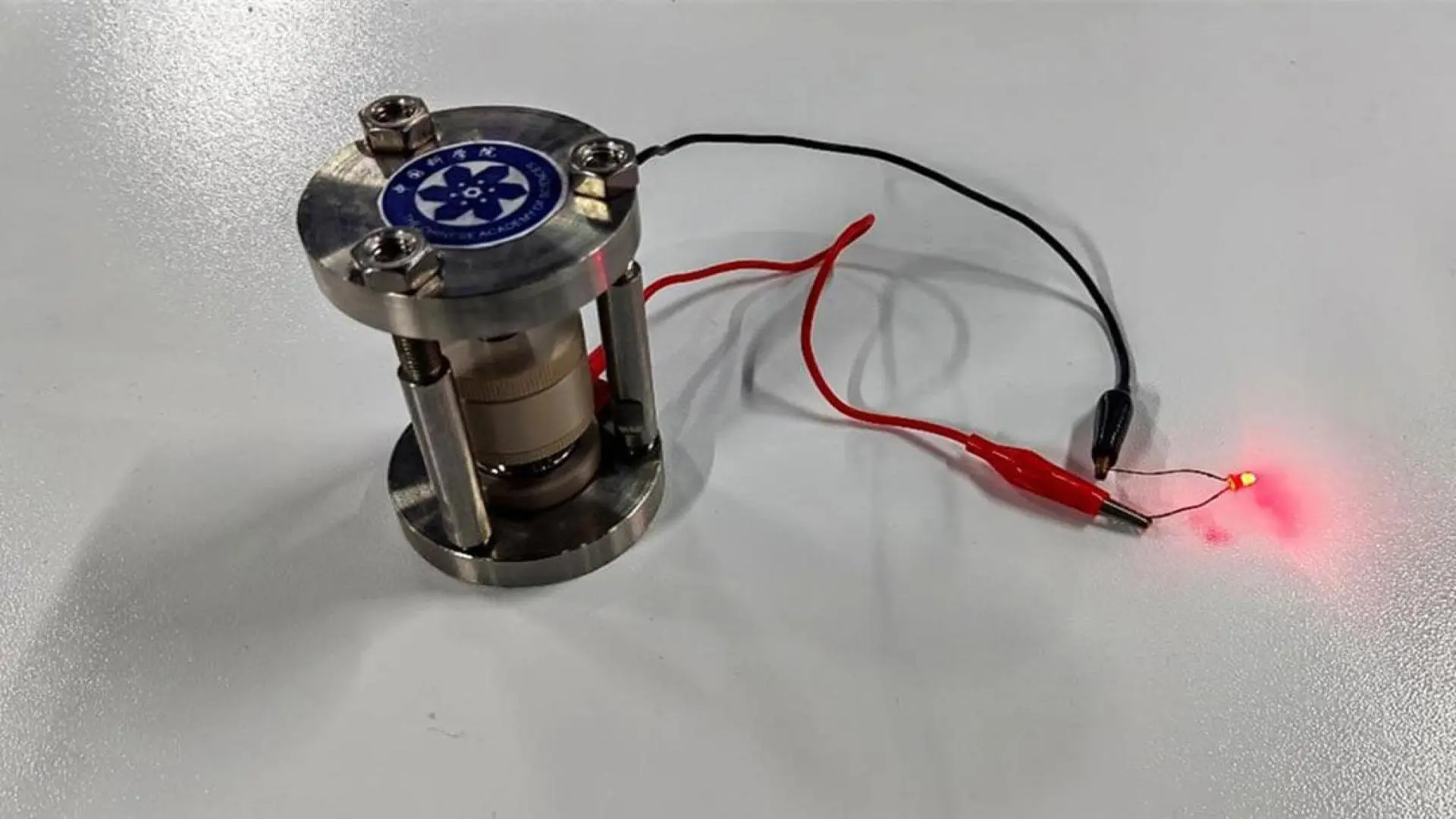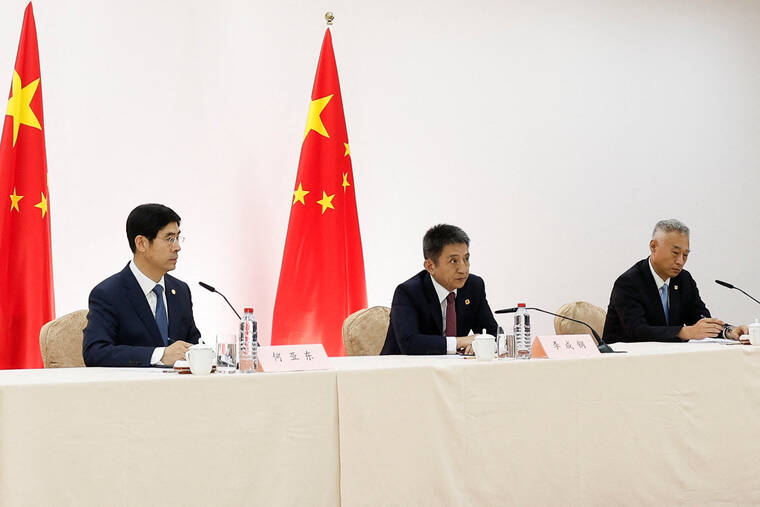
Chinese scientists have paved the way for the country’s green development after successfully designing the world’s first working hydride ion battery, thus opening new possibilities for future energy storage.
The Dalian Institute of Chemical Physics (DICP) research team, part of the Chinese Academy of Sciences, created an all-solid-state prototype using sodium aluminum hydride (NaAlH4).
They reportedly used the inorganic solid compound as the positive electrode and hydrogen-poor cerium dihydride as the negative electrode. Both are hydrogen storage materials that are commonly used for energy applications.
“Using hydrogen as charge carriers can avoid the formation of detrimental metal dendrites, in principle, which creates new research avenues for clean energy storage and conversion,” the researchers said.
A new battery breakthrough
According to the research team, hydride ions (H⁻) are considered promising charge carriers for next-generation electrochemical devices because of their low mass and high redox potential.
Nevertheless, the lack of efficient electrolytes with fast hydride ion conductivity, thermal stability, and electrode compatibility hinders their practical applications.
To tackle the issue, the team, led by Ping Chen, PhD, a professor and division head of hydrogen energy and advanced materials at DICP, developed the novel core-shell ion electrolyte.
A core-shell structured hydride ion electrolyte and a sandwich structured all-solid-state hydride ion prototype battery.
The researchers synthesized the 3CeH3@BaH2 material using a heterojunction-inspired design, in which a thin barium hydride (BaH2) shell encapsulates cerium trihydride (CeH3). This structure leverages the high hydride ion conductivity of CeH3 and the stability of BaH2.
It enables fast hydride ion conduction at room temperature along with high thermal and electrochemical stability. “Here we developed a core-shell hydride 3CeH3@BaH2, which exhibits fast H- conduction at ambient temperature and becomes a superionic conductor above 60 degrees Celsius,” the team stated.
They then utilized it to construct CeH2|3CeH3@BaH2|NaAlH4, the first rechargeable hydride ion prototype battery.
The scientists claimed that the novel design allows for efficient hydride ion conduction at room temperature. It also resolves a long-standing bottleneck that kept the technology theoretical for years.
They confirmed that the innovation’s operating voltage reached 1.9 volts (V) in a stacked configuration. It powered a yellow light-emitting diode lamp, which was a compelling example for practical applications.
As per the team, the pioneering solution marks a massive step forward in making the first hydride ion prototype battery, moving the technology from a theoretical concept to experimental proof of its feasibility.
“By adopting hydrogen as the charge carrier, this technology avoided dendrite formation, paving the way for safe, efficient, and sustainable energy storage,” the researchers concluded in a press release.
They pointed out that hydride ion batteries offer strong potential for clean energy storage and conversion due to the tunable properties of hydride-based materials. The technology is expected to play a great role in large-scale storage systems, hydrogen storage, portable and mobile power sources, and specialized energy applications.



